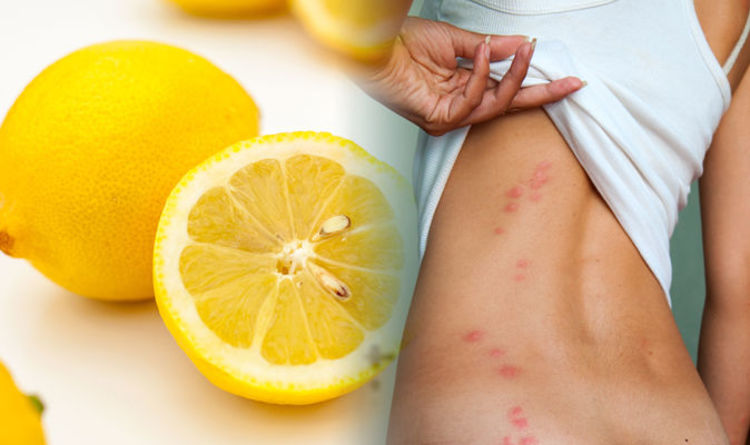There are many types of itching that a wide variety of people suffer from at any given time. Itchy skin is often associated with chronic infections and conditions. However, there are many types of skin irritations that do not necessarily lead to infections or discomfort. Itchy skin can occur for a variety of reasons. Most of these include stress, dietary changes, pregnancy, use of scented soaps, scented soaps, antibiotics, hypoglycemia, eczema and food allergies, insect bites and pet bites.
Types of itching caused by itching. Itchy itching is usually caused by a reaction, irritation, or inflammation of the skin. It can also be caused by damage to the nerve cells in the skin as a result of infection, burns, or injury. This may be accompanied by a burning, itching, or tingling sensation.
Neurogenic itching or neurodermatitis is caused by neurogenic inflammation of the skin. This happens when inflammation of the cutaneous nerves. This type of itching usually develops after exposure to irritants such as insect bites, shingles, or burns, after surgery, and even in a paresthetic notch (a spot of itchy, dry skin, usually on the back). Itching can also be more intense after a certain type of surgery, such as a plastic surgery or a caesarean section.
Allergic rhinitis is an allergic reaction to a physical or emotional stimulus, including stress and medications. People with chronic inflammatory conditions such as rheumatoid arthritis and lupus can also experience this type of allergy. Plus, it could also be an allergic reaction to something as simple as the cleaning agent used to clean your car. Itching can range from mild to severe and can also cause skin redness. This type of itching occurs in places like the scalp, ears, groin, or eyelids.
Eczema, also known as atopic dermatitis, is an inflamed skin condition that often occurs on the face, neck, chest, and back. It can sometimes appear in the groin, buttocks, elbows, knees, or elbows. Although not contagious, the condition is often itchy, usually characterized by painful blisters and red patches that look like cauliflower ears. Although not contagious, it can be treated with over-the-counter medications.
Allergic contact dermatitis can be caused by any form of irritant, whether it is a liquid a food or a substance that is dry. A particular allergen can cause an allergic reaction in some people, while in others, the reaction is the opposite. The most common culprits are dust mites, mold, household cleaners, perfumes, household cleaners and detergents. For example, dust mite bites can cause dry, itchy skin and a red rash on your chest, while a strong solution of bleach can cause your skin to become inflamed.

If your skin is dry, the red rash will eventually begin to develop, but it can last a long time
On occasion, the itch can be quite itchy and irritating. If the rash is on your face, you will be more likely to scratch or rub your face more than is normal. You can help keep it from becoming too irritated by using talcum powder on the affected area. or a pumice stone.
If the red rash is located on your body, you will be more likely to scratch it or rub it excessively. The itch may become so bad that it causes you to have trouble breathing. If you do not have to scratch it, but do it anyway, you will most likely scratch more than is necessary.
If you have dry skin, you should be careful about what you are doing when scratching it. You should only scratch with soft, clean fingers. Use gloves if you have to and make sure that they fit properly. It is also important that you wash your hands thoroughly after using them.
You should never use anything abrasive when you are trying to get rid of the itching. Use a cotton ball or scab or something else soft to apply directly onto the infected area. Never use anything that contains alcohol or bleach, since these ingredients can make the condition worse.
There are many simple home remedies available for treating this condition. If the itch is particularly bad, you can try applying hot water to the area that is irritated. This will help to kill the bacteria that may be causing it and get the itch under control. You may want to try washing the affected area several times a day with plain soap and water, or applying witch hazel to the affected area.